About Stacks Coin
Stacks Coin are the most significant upgrade to the internet since the Web’s creation over 30 years ago. For the first time, you can define and engage with digital assets using open protocols, unlocking new business models and capabilities that were not possible before. Bitcoin is the earliest and most secure blockchain; it provides a new type of money that cannot be controlled or altered by any single party. The Bitcoin network provides the foundations for not just the Bitcoin cryptocurrency but a general settlement protocol.
Blockchains enable new types of computer programs: (a) smart contracts that can be published on a blockchain to execute in a trustless manner and anyone can verify their outputs, and (b) decentralized apps that are user-owned and avoid centralized servers. Ethereum demonstrated the power of smart-contracts, and Stacks brings these capabilities to Bitcoin. Your thesis is that decentralized apps and use cases will eventually get built on Bitcoin, the strongest and most widely used blockchain network, instead of disconnected networks.
Stacks Coin Point Table
| Coin Basic | Information |
|---|---|
| Coin Name | Stacks Coin |
| Short Name | STX |
| Circulating Supply | 1,359,942,716 STX |
| Max Supply | 1,818,000,000 |
| Source Code | Click Here To View Source Code |
| Explorers | Click Here To View Explorers |
| Twitter Page | Click Here To Visit Twitter Group |
| Whitepaper | Click Here To View |
| Support | 24/7 |
| Official Project Website | Click Here To Visit Project Website |
Stacks 2.0 Design
Stacks 2.0 is a layer-1 blockchain that connects to Bitcoin for security and enables decentralized apps and predictable smart contracts. Stacks 2.0 implements PoX mining that anchors to Bitcoin security. Leader election happens at the Bitcoin blockchain and STX miners write new blocks on the connected Stacks blockchain. With PoX there is no need to modify Bitcoin to enable smart contracts and apps around it.
Scalability of Transactions
The Stacks blockchain transactions can scale independently of Bitcoin; they only depend on Bitcoin for finality. Thousands of Stacks transactions result in a single hash on Bitcoin; Stacks transactions “settle” on Bitcoin automatically every Bitcoin block as part of consensus. Further, Stacks introduces the concept of microblocks that give initial confirmation in seconds. Microblocks are a main venue for future scalability research, where theoretically faster consensus algorithms can run for microblocks that settle data on Bitcoin per Bitcoin block.
Bitcoin is used as a settlement protocol by Stacks. It serves as the source of ultimate truth and archives hashes of Stacks block history. Finality of transactions is currently tied to Bitcoin and we believe that Bitcoin offers a strong notion of finality that our design benefits from.
PoX Consensus
Proof of Transfer is the first consensus algorithm between two blockchains. Specifically this present an implementation of PoX by using Bitcoin as the base chain and Stacks as the connected chain. In PoX, leader election happens on the Bitcoin blockchain. Instead of burning electricity on proof of work, PoX reuses already minted bitcoins as “proof of computation” and miners represent their cost of mining in bitcoins directly.
STX miners bid for becoming the leader of the next round. The protocol selects the winning miner (i.e., the leader) of a round using a verifiable random function (VRF). The leader writes the new block of the Stacks blockchain and mints the rewards: newly minted Stacks for the block, fees for smart contracts and transactions.
Clarity Smart Contracts
Clarity is a new programming language for smart contracts. The Clarity language optimizes for predictability and security. Stacks 2.0 anchors clarity smart contracts to Bitcoin making it possible for smart contracts to operate based on actions seen on the bitcoin blockchain. Well-designed smart contracts can prevent bugs, but poorly designed contracts can exacerbate problems.
This is especially important given smart contracts are meant to keep digital money on them. With Clarity, they took the what you see is what you get approach. Clarity makes the behavior, cost, and performance of smart contracts transparent both for developers and for automated verification and introduces post-conditions for added safety.
Why Choose Stacks Coin?
Visibility into Bitcoin
Clarity contracts have visibility into Bitcoin state, meaning that contract logic can trigger based on pure Bitcoin transactions. Clarity contracts have built-in SPV proofs for Bitcoin and can make interacting with Bitcoin state much easier for developers. Clarity contracts fork with Bitcoin, so developers don’t have to worry about corner cases where Bitcoin forks and smart contracts need to adjust to the fork.
Stacks Cryptocurrency
Stacks cryptocurrency is designed primarily to be used as “fuel” to execute Clarity smart contracts. Stacks are also used for other network functions like registering digital assets, paying for transaction fees, and to publish Clarity contracts on the blockchain. Stacks can be locked by STX holders to participate in consensus and earn Bitcoin rewards. This process is called Stacking.
To participate, STX holders run a full node, lock their STX, and publish useful information periodically on the network. The annual earning rate of Bitcoin rewards depends on several factors. For example, if 50% of the liquid supply participates, along with other assumed parameters, then the earning rate can be approx 9%.
Stacks Ecosystem
The Stacks ecosystem is a collection of independent entities, developers, and community members working to build a user-owned internet on Bitcoin. The project got its start at the Princeton Computer Science Department in 2013 as an effort to build a better internet. Muneeb Ali and Ryan Shea went through Y Combinator in 2014 and recruited other Princeton computer scientists for initial R&D. Early investors include Union Square Ventures, Naval Ravikant, SV Angel and others. Muneeb’s 2017 PhD thesis laid the technical foundations of a user-owned internet built on blockchains.
Where Can You Buy Stacks Coin?
Tokens Can Be Purchased On Most Exchanges. One Choice To Trade Is On Kraken, As It Has The Highest STX/USD. e Trading Volume, $8,947 As Of February 2021. Next is OKEx, With A Trading Volume Of $6,180,82. Other option To Trade Include STX/USD And Huobi Global. Of Course, It Is Important To Note That Investing In Cryptocurrency Comes With A Risk, Just Like Any Other Investment Opportunity.
Market Screenshot

Stacks Coin Supported Wallet
Several Browser And Mobile App Based Wallets Support Stacks Coin. Here Is Example Of Wallet Which Stacks Coin – Trust Wallet For Hardware Ledger Nano.






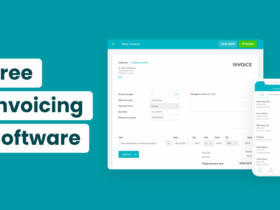

























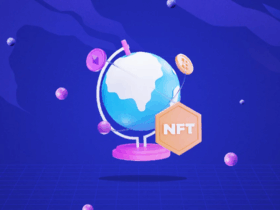


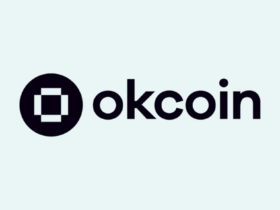
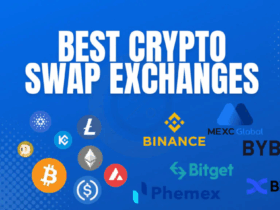

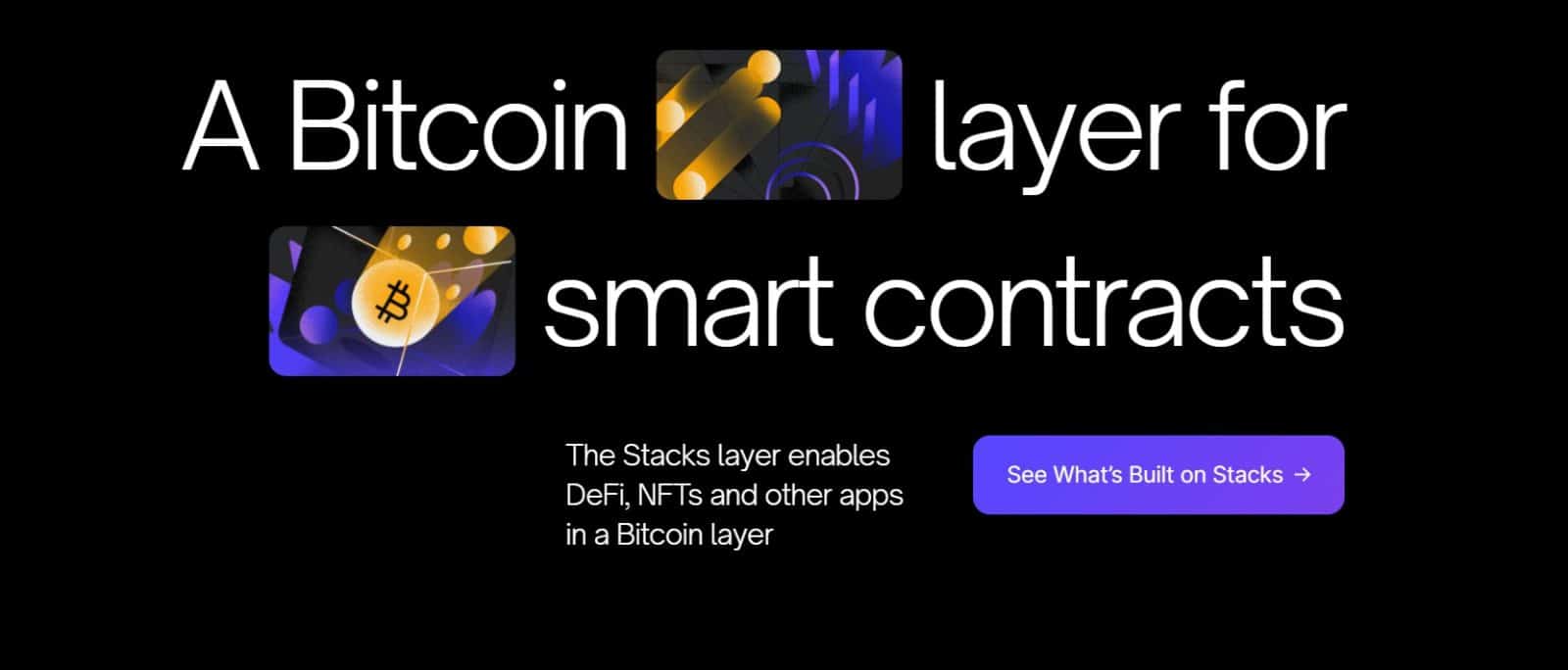
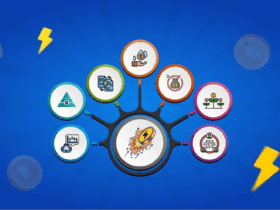




Leave a Reply